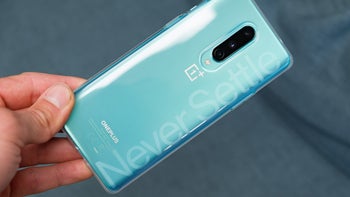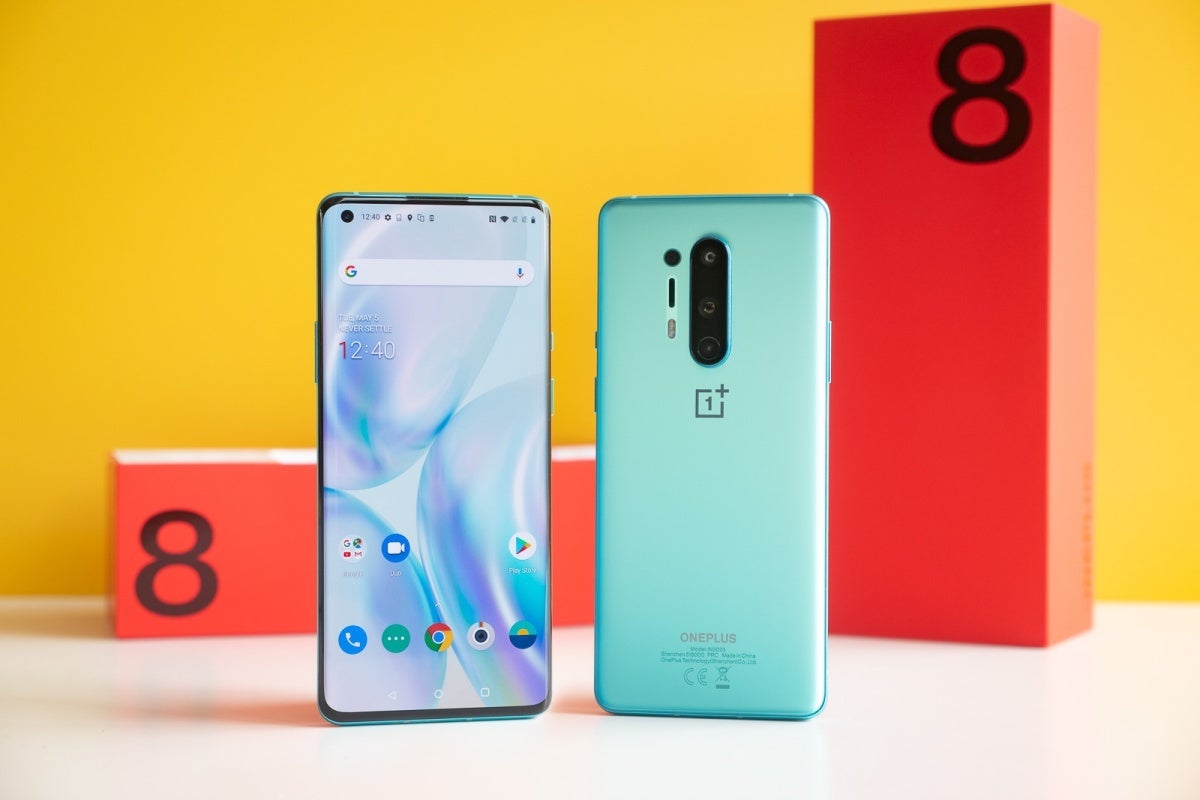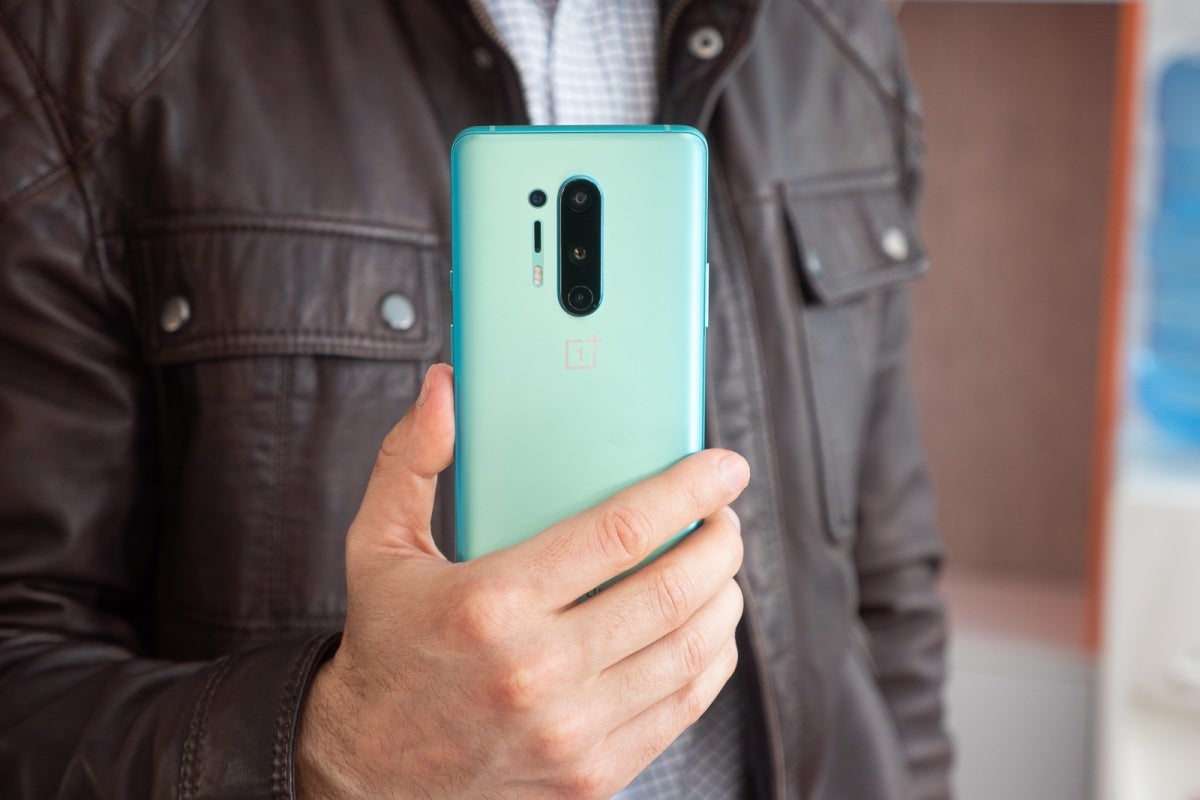OnePlus still doesn't have what it takes to challenge Samsung and Apple
This article may contain personal views and opinion from the author.
We may earn a commission if you make a purchase from the links on this page.

From a virtual unknown to a top ten mobile device vendor in the US and India's leading "premium" smartphone brand, OnePlus enjoyed a rapid and unconventional ascent through the ranks of this very competitive industry since its early "flagship-killing" days.
Long considered somewhat of a trend-defying outsider, the late 2013-founded company gradually stepped up its mainstream game in the last few years, vastly improving its retail presence in key markets like the US and slowly shedding the flagship killer identity in favor of a trendsetter image.
2019 was undoubtedly the best year in the brand's short history in terms of everything from sales numbers to the critical reception of the company's high-end products and their marketing visibility. The OnePlus 7 Pro, 7T, and 7T Pro were refined to near perfection, looking like the phones to beat rather than the ones trying to do the beating, as was generally the case between 2014 and 2018.
OnePlus seemed all grown up all of a sudden, ready to play in the big leagues along with Apple and Samsung's flagships instead of lurking in the shadows and catering to those who like to root for the underdog. Of course, one swallow does not a summer make, and so in keeping with the brand's natural progression, 2020 was supposed to consolidate its new and improved identity. Unfortunately, that's not entirely the case, at least so far this year.
The underdog mentality is alive and well
On paper, the 5G-enabled OnePlus 8 and 8 Pro are everything the company needs to prove it deserves a seat at the big boys' table, both in individual countries like the US and around the world.
The theoretical capabilities and gorgeous designs of these two powerhouses are certainly backed by their real-life performance and a user experience that arguably feels more polished than ever, but while we were lucky to enjoy that on our review units, the same cannot be said for far too many regular consumers and prospective buyers.

Although the OnePlus 8 Pro was technically unveiled more than two months ago and commercially released shortly thereafter, the company couldn't actually ship a lot of devices stateside until earlier this week. While the coronavirus pandemic undoubtedly had a major contribution to the low inventory situation, it's a little late to accept that as the only reasonable explanation for what can be described as an unforgivable fiasco.
The whole thing brings back some rather unpleasant memories from the company's invite system days, and although the problem is in large part fixed right now, you still cannot purchase the most affordable OnePlus 8 Pro configuration in the US through any official channels, be it the manufacturer's own e-store or Amazon.com.
But that's not the only department where OnePlus is having trouble growing up. Adding Verizon as a carrier partner was initially seen as a huge leap forward that kind of backfired on the company when Big Red snubbed the 8 Pro in favor of the "regular" OnePlus 8. If that doesn't sound like such a big deal, imagine seeing the Galaxy S20 sold by the nation's largest wireless service provider but not the S20 Ultra. That wouldn't inspire a lot of confidence from Verizon in Samsung's ultra-high-end handset, now, would it?
What's worse is that you can't even use the unlocked OnePlus 8 Pro to achieve the highest 5G speeds currently available stateside. The 8 Pro isn't even sold by T-Mobile, so for the overwhelming majority of American consumers, this device simply does not exist.
There's still time to turn things around (at least in part)
Meanwhile, as encouraging as the OnePlus Nord, aka OnePlus Z, aka OnePlus 8 Lite, also looks... on paper, its upcoming launch is likely to do little more than reinforce the company's underdog mentality. That's because it appears the 5G-enabled mid-ranger will be primarily focused on European and Asian markets. There's a good chance the phone will never be officially released in North America, and even if it is, that exotic name seems unlikely to resonate with a US audience.
Much like Google's Pixel 4a, the "Nord by OnePlus" handset was reportedly delayed several times in recent months, wasting a golden opportunity of going directly up against the second-gen iPhone SE and Galaxy A51 and further proving the company is not a mature tech force to be reckoned with... yet.

Its underdog mentality was also highlighted by the inexplicable decision of keeping the cord alive on the Bullets Wireless earphones family. And yes, the brand's first-ever true wireless earbuds might be right around the corner at long last, but just like the Nord 5G device, the OnePlus Pods have wasted a lot of precious time they could have spent eating away at Apple's dominant market share.
Fortunately, 2020 is far from over, and even though it's probably already too late for OnePlus to flaunt its maturity and continued progress at the end of the year, there's still time to essentially go back to the company's status from six or nine months ago. In order to pull that off, the 8T has to be at least as great as the 8 Pro, and more importantly, OnePlus needs to take better control of the supply chain at any cost.
After all, the pandemic may have initially caught the company off guard, but because COVID-19 is not going anywhere, it's up to smartphone manufacturers and their partners to properly prepare the next wave of product launches and avoid repeats of embarrassing inventory shortages and unpleasant delays. If OnePlus wants to challenge Samsung, it has to find similarly effective solutions to basically the same problems everyone in the industry is facing right now. Anything less than that is simply unacceptable after six solid years of gradual progress.














Things that are NOT allowed: